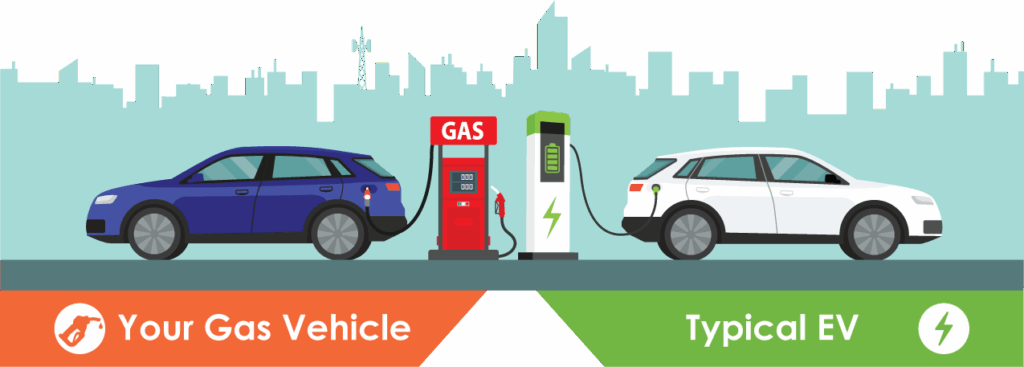When people compare Tesla vehicles to gas cars, the first thing that comes up is the sticker price. At first glance, a Tesla might look more expensive than a traditional car. But the true cost of driving a Tesla in 2025 isn’t just about the upfront number — it’s about energy, maintenance, incentives, and even resale value.
Let’s break down the real picture, from the hidden costs of gasoline to the benefits of charging on the Supercharger network.
Energy Costs: Charging vs. Fueling
Gasoline prices in 2025 remain volatile, and in many regions, they’re significantly higher than electricity rates. On average:
- Gas Car: Driving 1,000 miles costs around $160–$220 in fuel (based on ~$3.50–$4.80 per gallon and 25 MPG).
- Tesla: Driving the same 1,000 miles costs about $40–$60 when charging at home, depending on electricity rates. Even using Superchargers, the cost often stays below $80 for that distance.
Tesla drivers also benefit from referral-based rewards like free Supercharging miles, which can shave off even more of the ongoing energy expense.
Maintenance: The Hidden Advantage
Gas-powered vehicles have hundreds of moving parts in the engine, transmission, and exhaust system. Oil changes, timing belts, spark plugs, catalytic converters — the list of potential repairs is long.
Tesla’s electric powertrain is simpler by design. With no oil, no muffler, and no transmission fluid to replace, maintenance costs are significantly lower. In 2025, most Tesla owners mainly budget for:
- Tire rotations
- Cabin air filters
- Brake fluid checks
Even brakes last longer due to regenerative braking. Over five years, Tesla owners often save $3,000–$5,000 compared to gas car drivers simply on avoided maintenance.
Incentives, Credits, and Rewards
The Tesla referral program 2025 continues to play a role in reducing ownership costs. New buyers can earn Tesla credits to spend on upgrades or accessories, and current owners enjoy Tesla referral rewards for sharing their experience.
Government incentives also come into play. Depending on the region, buyers may still access tax credits or rebates for EVs — though these vary by year and policy. Gas cars rarely come with such benefits.
Resale Value in 2025
Historically, EVs depreciated faster than gas cars due to concerns about battery longevity. But Tesla has reversed that trend.
Battery packs in Tesla vehicles are showing long-term durability, and demand for used EVs is strong as more drivers look for affordable electric options. A five-year-old Tesla in 2025 often retains more value than a comparable gas sedan or SUV, partly because of consistent over-the-air updates that keep the tech fresh.
Total Cost of Ownership: The Bottom Line
So what’s the true cost of driving a Tesla vs. a gas car in 2025?
Over five years of ownership (assuming 12,000 miles per year):
- Gas Car: ~$25,000–$30,000 in fuel and maintenance alone.
- Tesla: ~$8,000–$12,000 in charging and maintenance.
That doesn’t even include potential government rebates, free miles from referrals, or higher resale values for Teslas. When you factor it all in, Tesla ownership often comes out ahead financially — sometimes by tens of thousands of dollars.
Conclusion
Driving a Tesla in 2025 isn’t just about cutting emissions or enjoying silent acceleration. It’s about real-world savings that compound over years of ownership. Lower energy bills, fewer maintenance headaches, and better resale value make Teslas more competitive than many assume at first glance.



